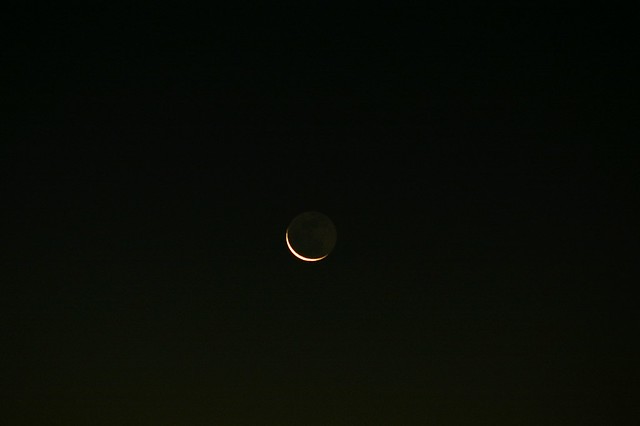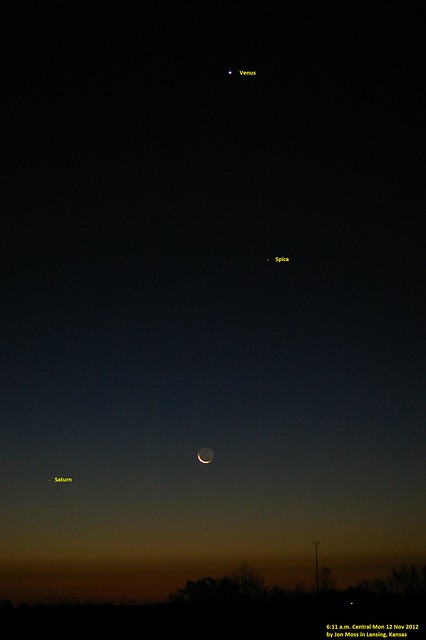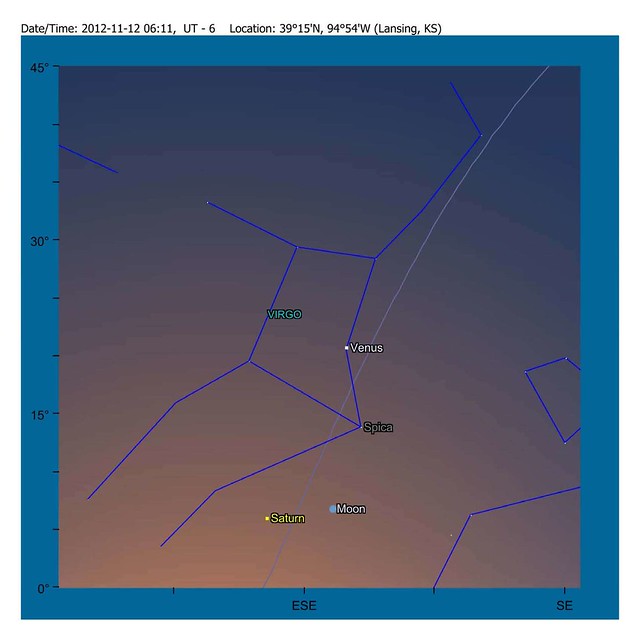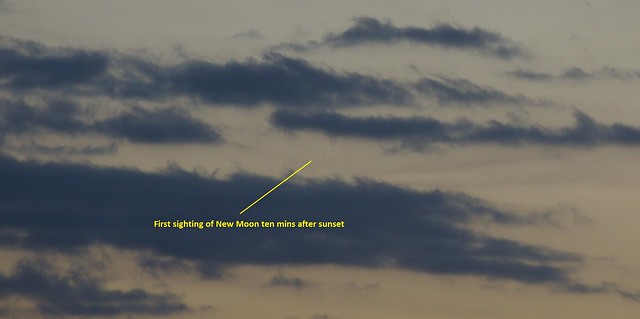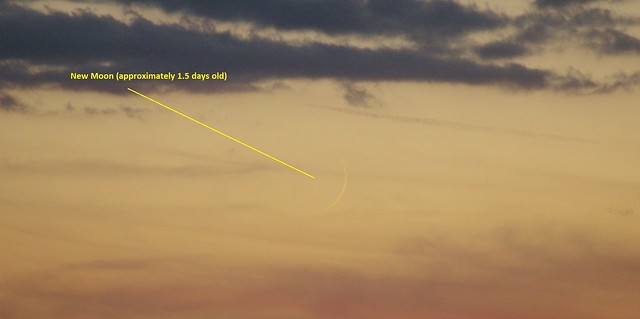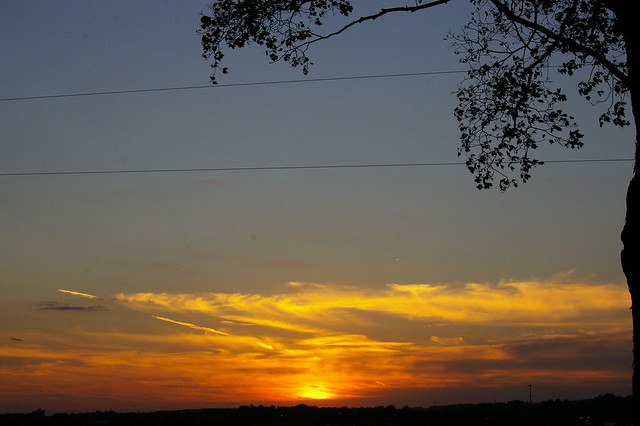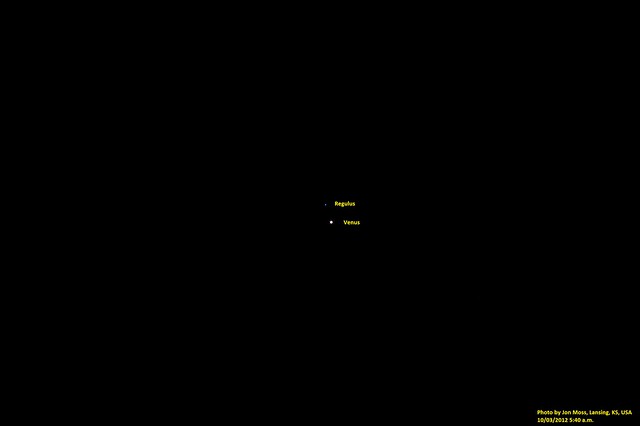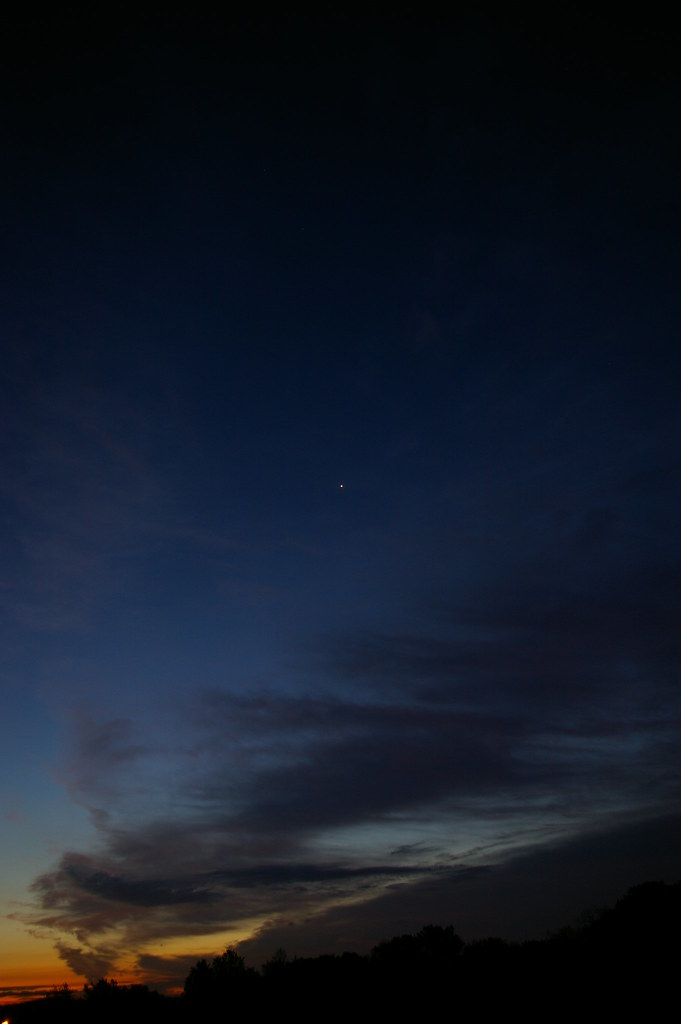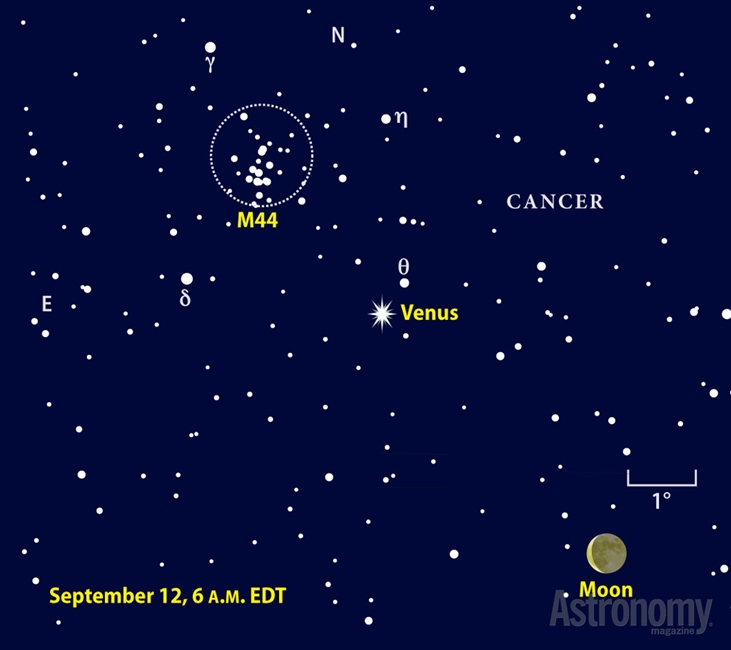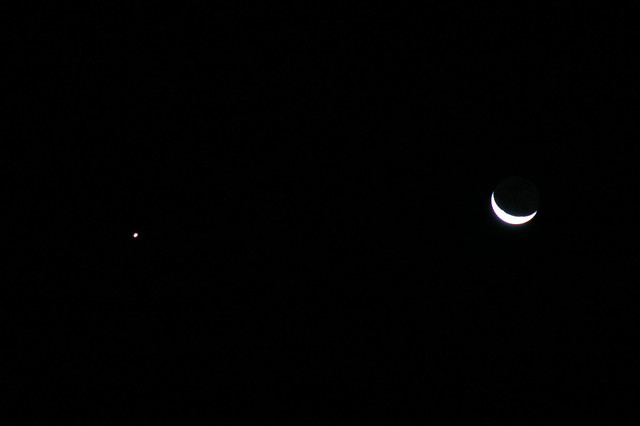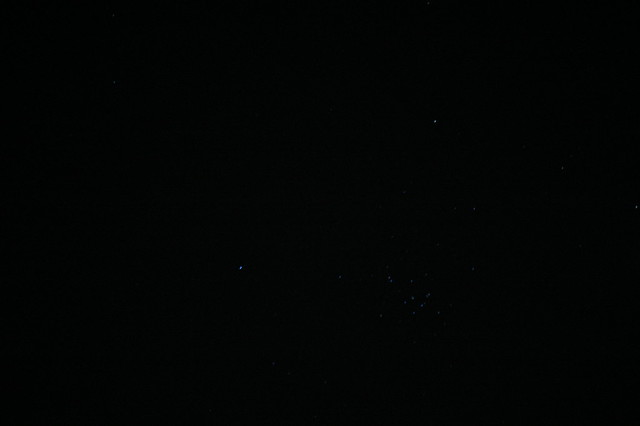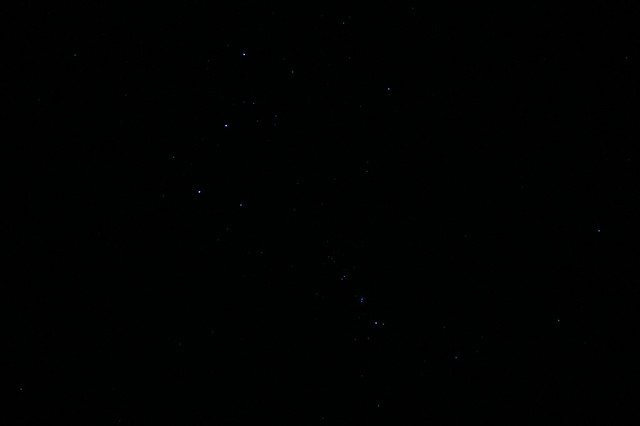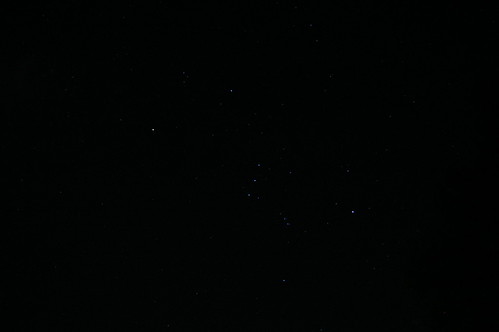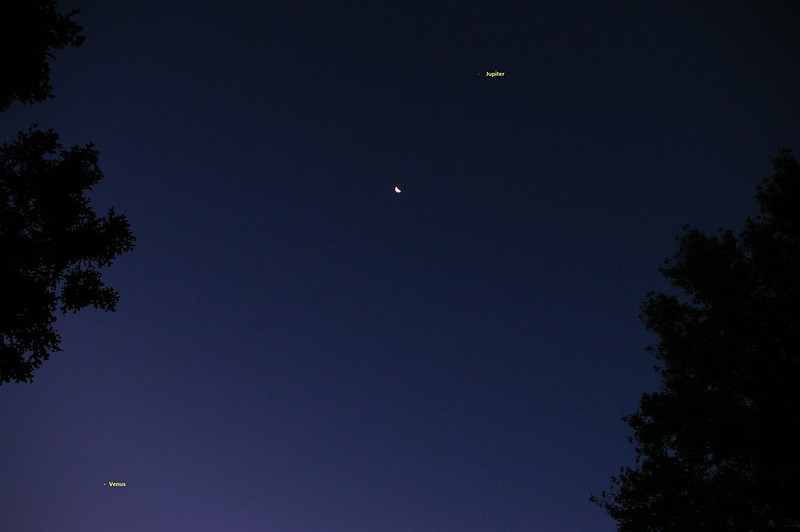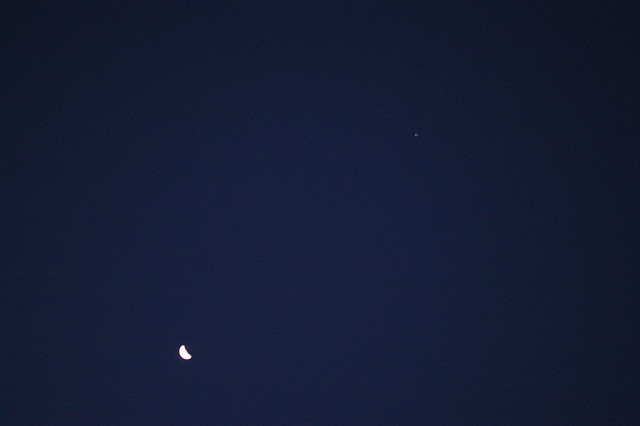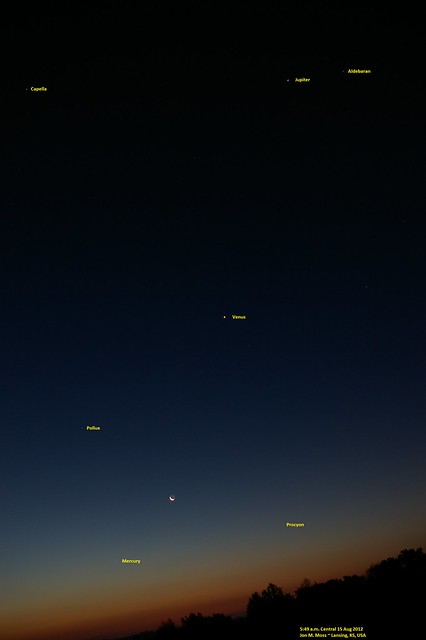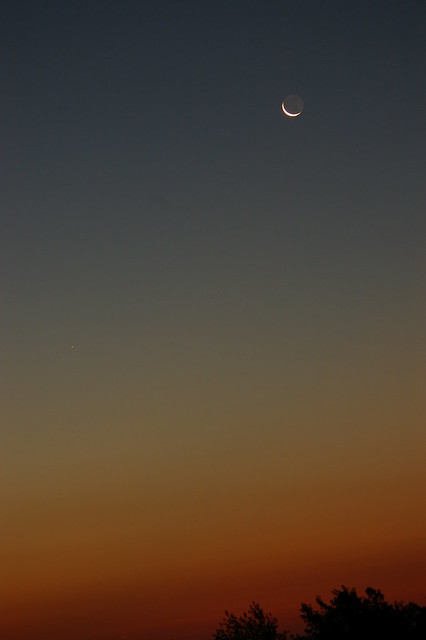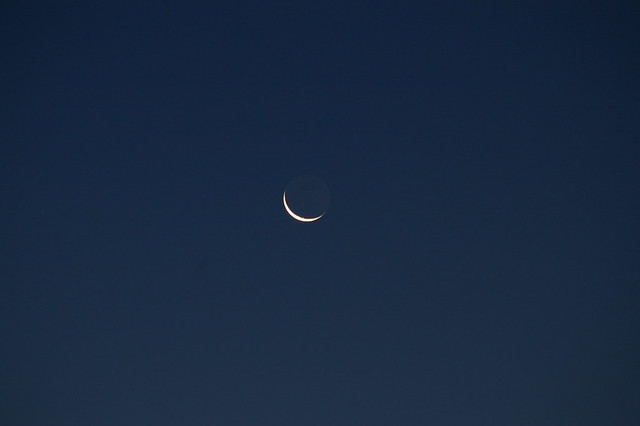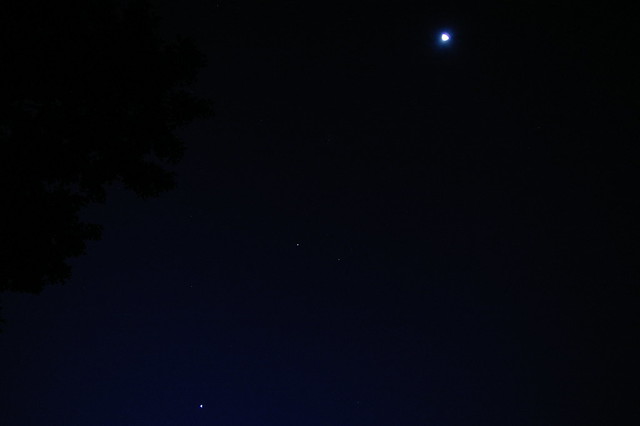Twelve degrees Fahrenheit this morning as I setup the tripod and camera for the third pre-dawn photo shoot of Saturn and Venus. Completely calm, unlike yesterday morning, so no jiggles to the camera, beyond my fumbling numb fingers. I opted for longer exposures (three or four seconds), so I ended up with some trails, especially when using the telephoto lens. Otherwise, much the same as before, with the exception of the planetary dance partners.
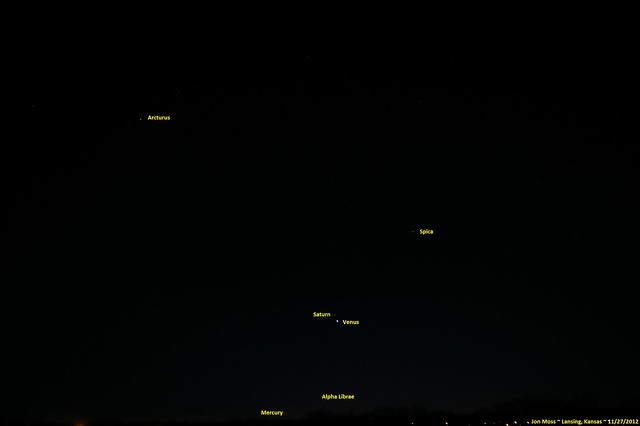
I don’t plan on repeating this for a fourth time tomorrow morning, but I do plan on trying to capture the full moon as it approaches Jupiter tomorrow night. There also happens to be a penumbral lunar eclipse occurring Wednesday evening.
Wednesday, November 28
Full Moon arrives at 9:46 a.m. EST. It appears against the background stars of Taurus the Bull before dawn this morning, approximately midway between the Pleiades and Hyades star clusters and below brilliant Jupiter. (The Moon will slide within 1° of the planet after sunset tonight.) But the Moon has a lot more going for it today. First, it passes through the outer part of Earth’s shadow. This penumbral lunar eclipse will slightly darken the Moon’s northern half. People in much of North America can see the eclipse’s early stages, which begin at 7:15 a.m. EST. (Those in Australia, eastern Asia, and the Pacific islands have the best views of the event.) Second, this Full Moon is the smallest (29.4′ in diameter) of 2012. Our satellite’s relatively diminutive size arises because it reaches the farthest point in its orbit around Earth at 2:37 p.m. EST today, when it lies 252,501 miles (406,362 kilometers) from Earth’s center. (Astronomy.com ‘The Sky This Week – November 23 – December 2, 2012’)



